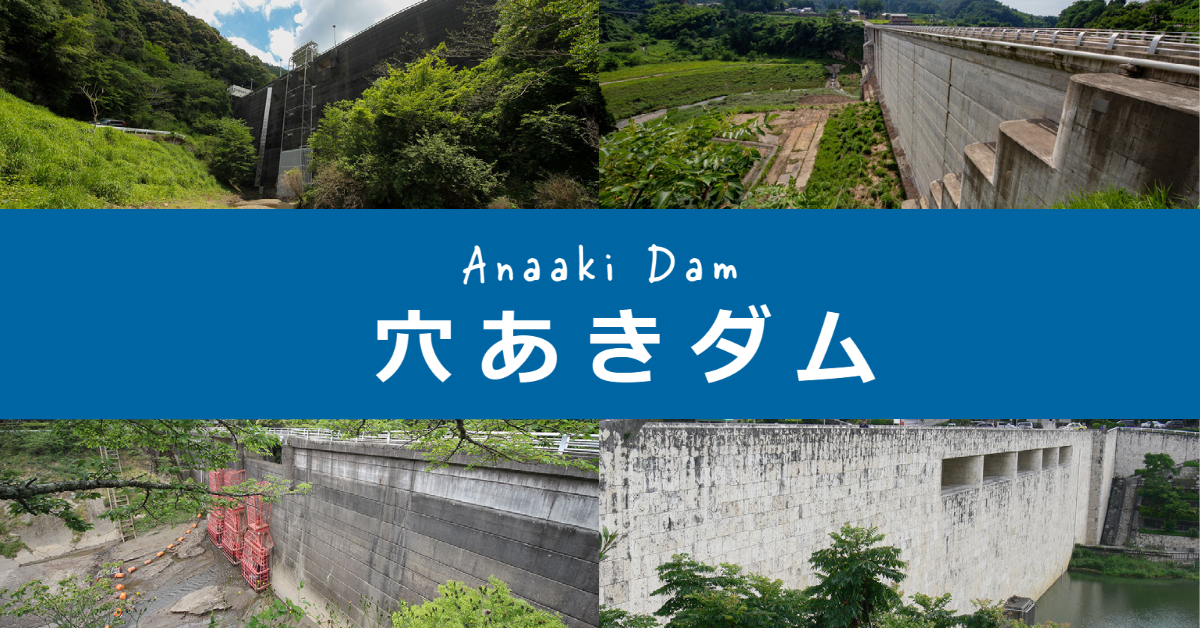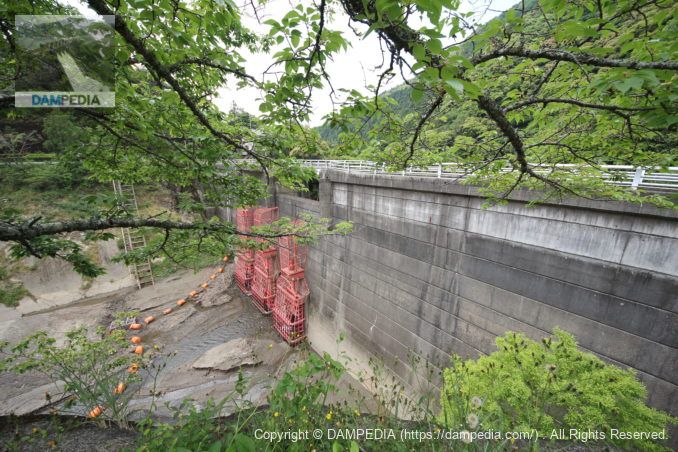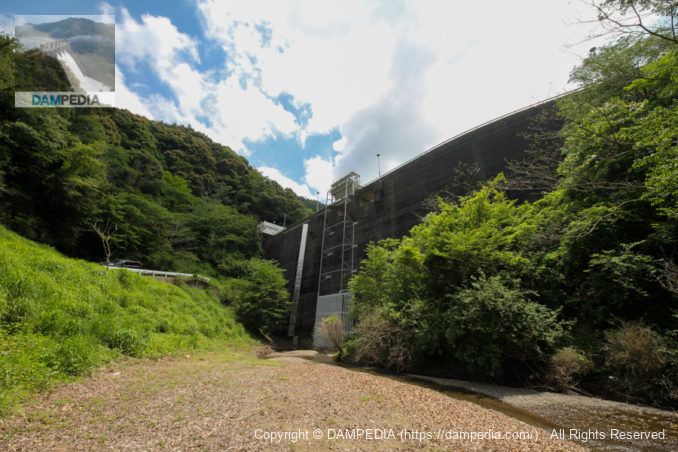Reading: Anaakidam
Also known as: Flood control dam, flood control dam
A perforated dam is a flood control dam that specializes in flood control only, and is so called because it has a gate with a permanent hole at the bottom of the embankment, which is equivalent to a permanent flood discharge. In addition, many perforated dams generally have a natural overflow gate as an emergency flood discharge at the crest.
Because water flowing down from the upper reaches of the river passes directly through the gate, the dam lake does not store water under normal conditions, and people unfamiliar with flood control dams often mistake the appearance of the dam for a drought.
The gate size is calculated based on the flood cutoff volume, so it is always designed to allow a certain amount of water to flow down. Therefore, during floods when the inflow exceeds this amount, water is temporarily stored in the dam lake, and as the inflow decreases, the storage volume also decreases, and flood control returns to normal conditions.
In addition, because the dam does not store water like a normal dam, the height of the riverbed upstream and downstream is almost the same, so there are no obstacles to fish traffic, there is no need to install a fishway, and because there is no need to control the water volume, various valves and steel gates, such as radial and roller gates, are unnecessary. In addition, since there is no water in the dam lake, removal and maintenance of sediments is easy, and there are no initial or running costs.
Since the dam lake does not store water during normal times, it can be seen at the expiration of test flooding, when the water level becomes the surcharge level, or during flooding, which is a very rare sight.
Yasuo Tanaka, the former governor of Nagano Prefecture who announced his "No Dam Declaration," ultimately proposed the "in-channel reservoir" as an alternative, but this was ultimately a dam and a perforated dam itself, as it "crosses the river with a 30m to 40m high dike in the river channel and is constructed to flood control.








Comment